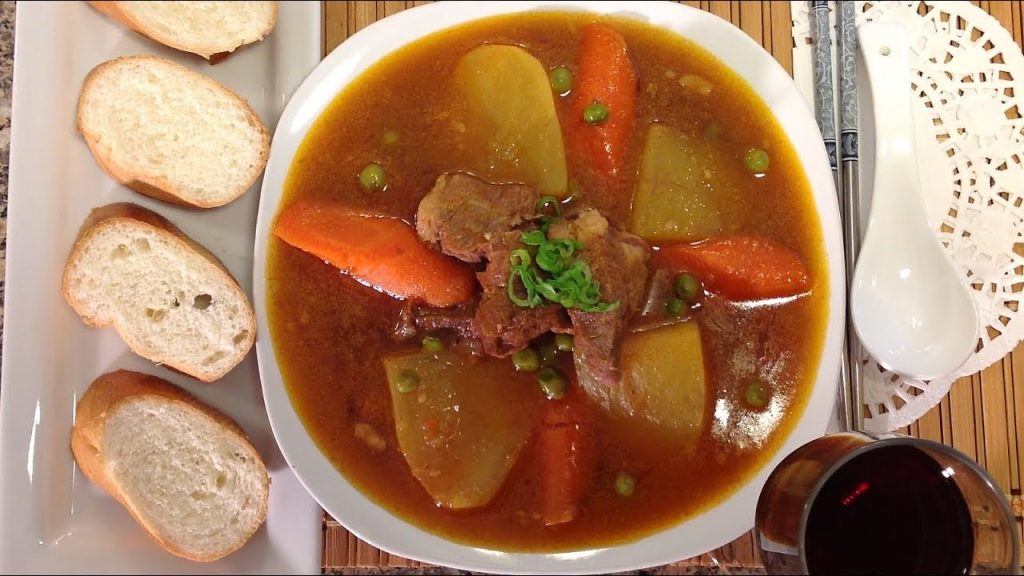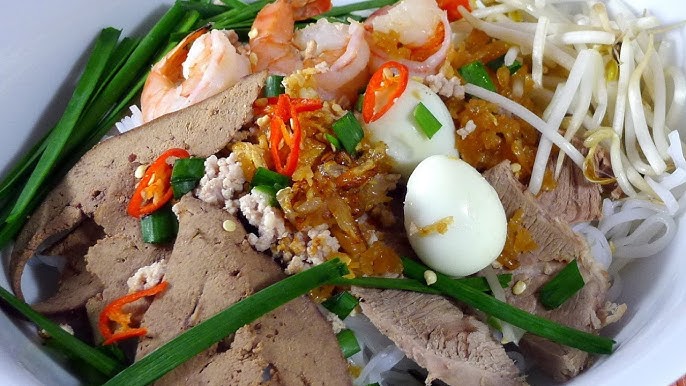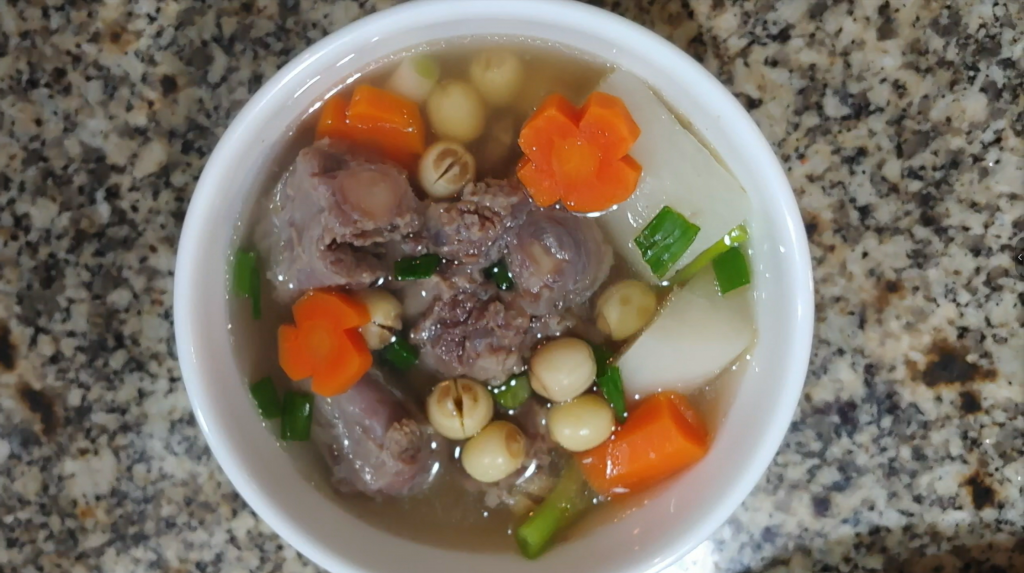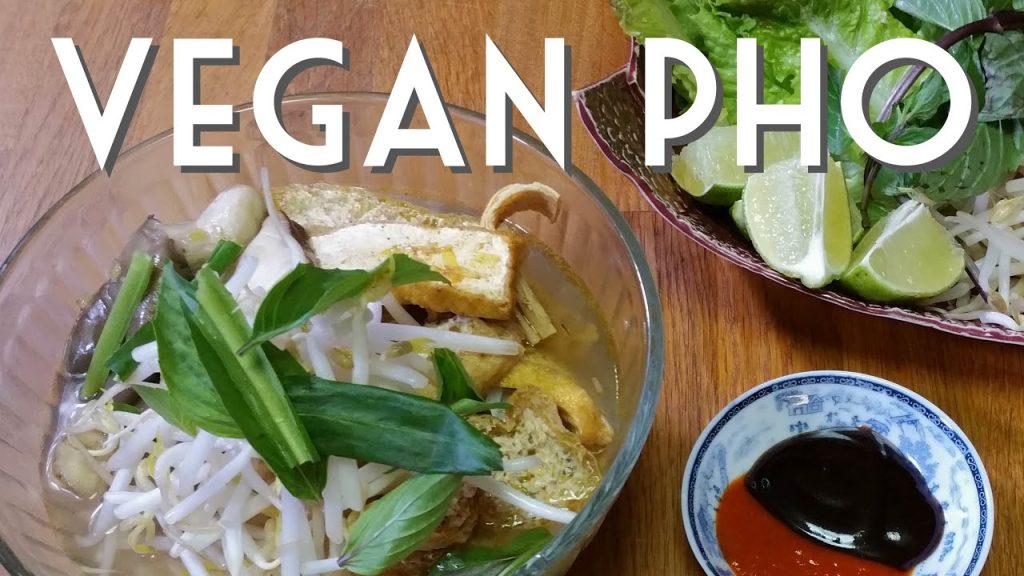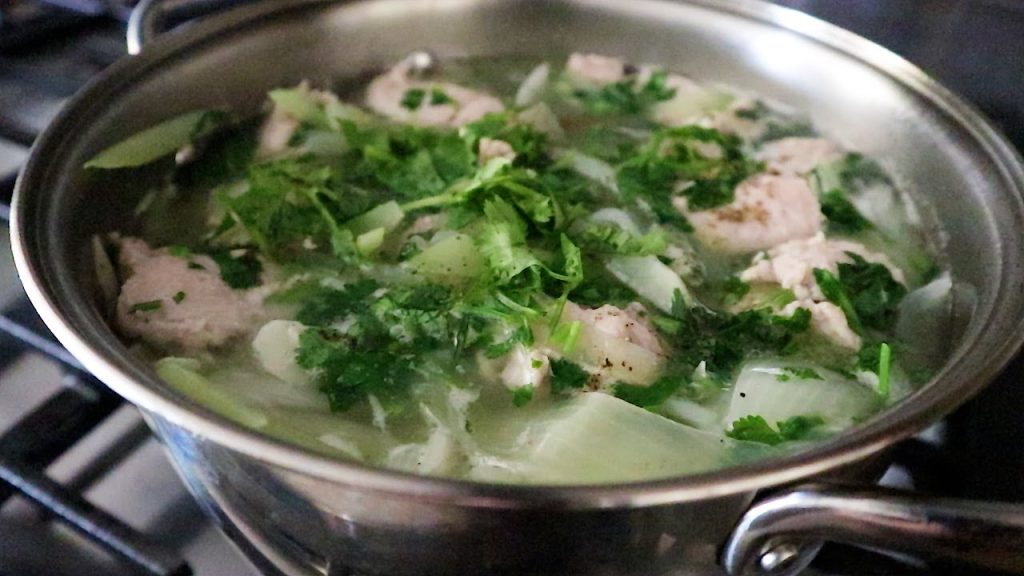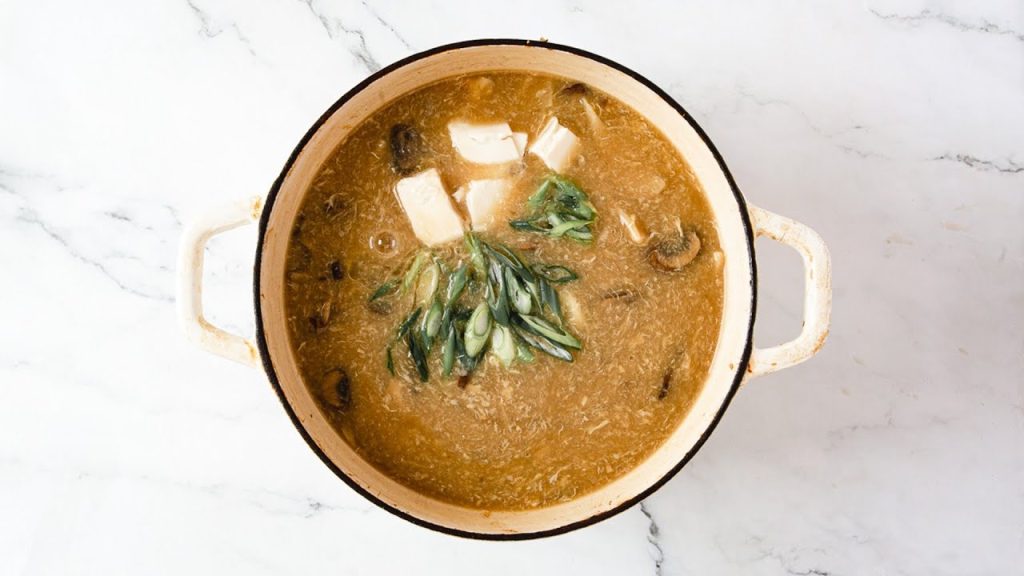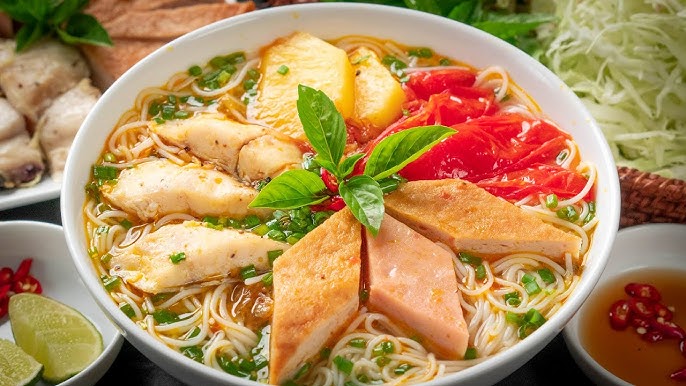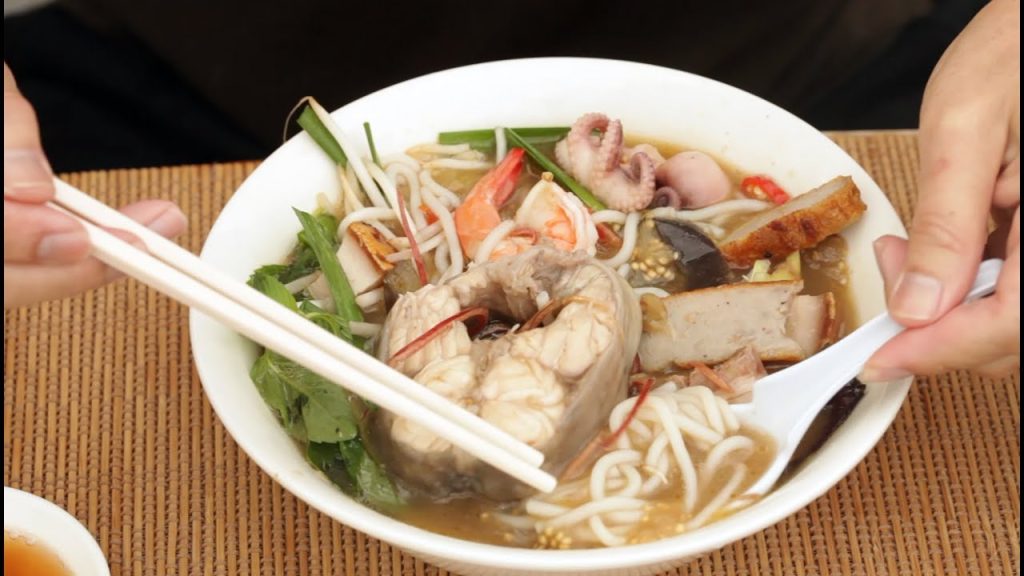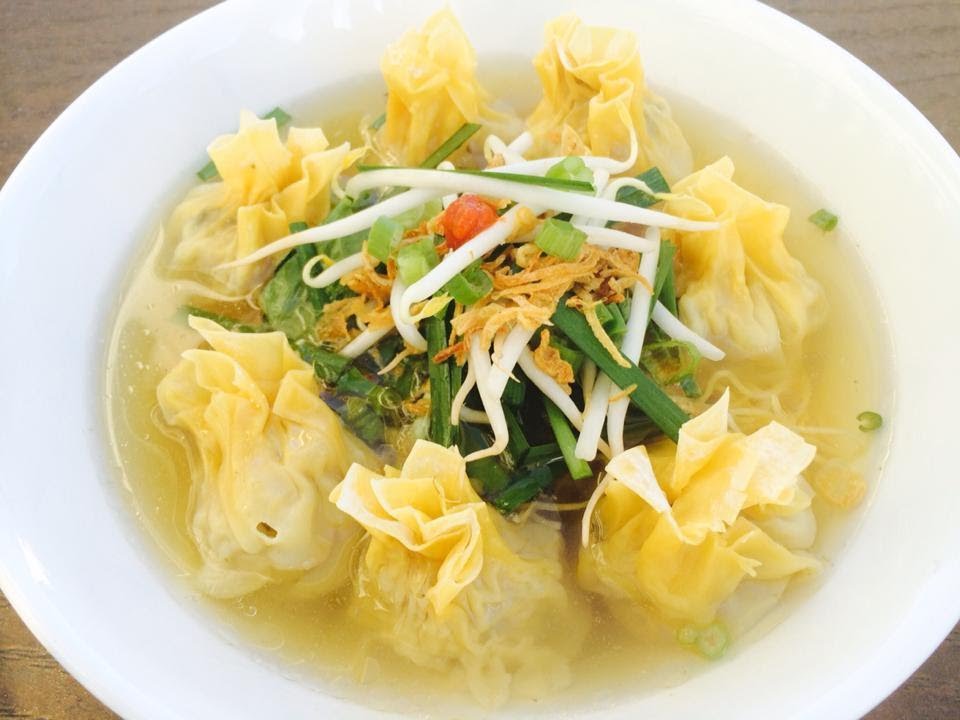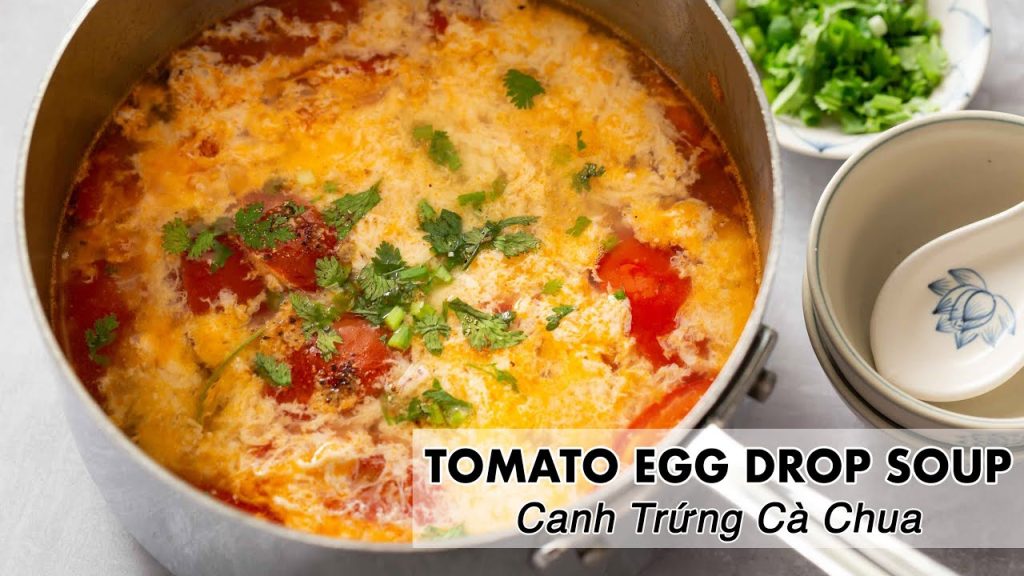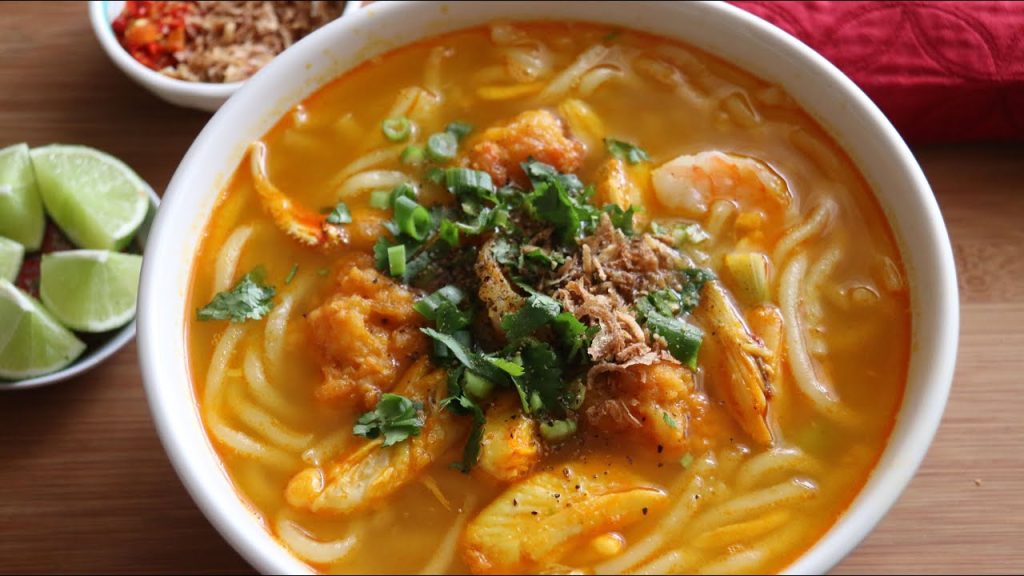Vietnamese cuisine offers an exquisite variety of soups, each with its unique flavors and styles. Among these, the distinction between dry vs wet Vietnamese soup stands out as a fascinating aspect of Vietnamese culinary tradition. Wet Vietnamese soups, like the world-renowned Pho, are characterized by their rich, aromatic broths that simmer for hours, blending spices, herbs, and meats to create deeply flavorful and comforting dishes. These soups are typically served with a generous amount of broth, making them ideal for sipping and savoring.
On the other hand, dry Vietnamese soups, such as Mì Khô, are an intriguing alternative. In these dishes, the noodles and other ingredients are served without the broth, or with very little of it, on the side. Instead, they are often dressed with a concentrated sauce that infuses the dish with intense flavors. This style focuses more on the texture and the individual taste of the components, providing a different, yet equally delightful, eating experience.
Exploring dry versus wet Vietnamese soups reveals not only a culinary choice but also a cultural reflection on how different regions and traditions within Vietnam approach the idea of soup. This contrast enriches the food landscape, offering varied sensory experiences to both locals and food enthusiasts around the world.
Table content
- Definition of Hu Tieu and its prominence in Vietnamese cuisine
- Historical Context and Origins
- The Noodles (Bánh Hủ Tiếu)
- Culinary Techniques
- Dry vs Wet Vietnamese Soup
- Ingredient Variations
- Cultural Significance
- Nutritional Information
- Comparative Analysis with Similar Dishes
- Conclusion: Dry vs Wet Vietnamese Soup
Definition of Hu Tieu and its prominence in Vietnamese cuisine

Hu Tieu is a popular noodle soup or noodle salad dish in Vietnamese cuisine. The name “Hu Tieu” refers to the noodles used in the dish, which are called bánh hủ tiếu or hủ tiếu in Vietnamese.
Hu Tieu is considered a staple food and comfort meal in Vietnam. It is commonly served for breakfast or as a late night snack. There are two main varieties of Hu Tieu:
- Wet Hu Tieu (Hu Tieu Nước): A noodle soup with broth
- Dry Hu Tieu (Hu Tieu Khô): A noodle salad served with a separate bowl of broth for dipping
Both styles are highly customizable with different meats, vegetables, and garnishes added. Hu Tieu is beloved for its broad versatility across Vietnam’s diverse regions.
Historical Context and Origins
The early origins of Hu Tieu can be traced back to the 19th century in China, where similar rice noodles dishes were developed. The noodles were likely brought over to Vietnam through Teochew migrant settlers.
In Vietnam, the dish became localized with different ingredients and preparations. Hu Tieu emerged as a popular working class street food, sold by vendors across the country.
The name “Hu Tieu” derives from the Teochew dialect. It references the noodle’s slender, wispy shape and smooth texture.
While Hu Tieu originated in the North, the dish became especially widespread across central and southern Vietnam. Today it is considered a national staple.
The Noodles (Bánh Hủ Tiếu)
The essential ingredient that defines Hu Tieu is the noodles, known as bánh hủ tiếu or hủ tiếu in Vietnamese.
Hủ tiếu noodles are made from rice flour. They have an extremely thin, delicate texture. The noodles are cut into short, flat strands.
When cooked, hủ tiếu noodles take on a soft, chewy texture. Their thin shape allows them to soak up flavors of the broth or dressing.
Culinary Techniques
Hu Tieu requires several essential culinary techniques to prepare properly:
- Broth making: Hu Tieu broth is aromatic and full-bodied. Pork or chicken bones are boiled to create the base. Spices like five-spice powder and MSG are added.
- Noodle preparation: The hủ tiếu noodles only take 1-2 minutes to cook. They are boiled until tender but still chewy.
- Protein cooking methods: Common proteins like pork, shrimp, squid, chicken, or beef are boiled, fried, roasted, or sautéed as mix-in ingredients.
- Vegetable prep: Fresh veggies like bean sprouts, herbs, lime, chilies, and green onions are washed, chopped, and used as aromatic garnishes.
- Layering and presentation: The components are artfully assembled in layers or mixed together depending on the wet or dry version.
Dry vs Wet Vietnamese Soup
Hu Tieu has two primary recognized regional varieties:
Wet Hu Tieu (Hu Tieu Nước)
Wet Hu Tieu is a noodle soup, where the cooked hủ tiếu noodles are served in piping hot broth along with assorted meat, veggies and herbs. Some key qualities:
- Uses a pork or chicken bone-based broth, thin but flavorful
- Toppings include: dried squid, boiled shrimp, pork slices, egg
- Garnished with bean sprouts, cilantro, chilies
- Broth and noodles are mixed together in the bowl
- Originated in Northern Vietnam but popular nationally
Dry Hu Tieu (Hu Tieu Khô)
Dry Hu Tieu is a noodle salad, where the ingredients are not served in broth. Some key qualities:
- Noodles are tossed with garlic oil and fish sauce dressing
- Typically includes barbecued pork, shredded chicken
- Served with fresh lettuce, mint, cucumber
- Comes with a separate bowl of broth for dipping
- More prominent in Southern Vietnam
Ingredient Variations
One of the appeals of Hu Tieu is the variety of ingredients used across different regional versions:
Proteins:
- Pork belly, pork rolls, cha lua (Vietnamese ham), shrimp, squid, chicken, beef flank
Vegetables:
- Sliced onions, shredded cabbage, cucumbers, bean sprouts, lettuce, basil, cilantro, lime wedges
Spices and garnishes:
- Fish sauce, garlic, chili sauce, vinegar, roasted peanuts, fried shallots, five-spice powder
Carb accompaniments:
- Baguette, rice vermicelli, herb garnishes, fried garlic
Cultural Significance
As a dish that can be endlessly customized, Hu Tieu holds a unique place in Vietnamese food culture:
- Considered a quintessential Vietnamese comfort food and street food
- Closely tied to Teochew cultural heritage in Vietnam
- Became popular as an affordable, filling meal for workers
- Represents the blending of Chinese and Vietnamese culinary styles
- A flexible, modular dish that can be adapted across regions
- Deeply tied to casual dining and food stall culture in Vietnam
Nutritional Information
Both broth and salad versions of Hu Tieu provide sustenance and a balanced mix of macros.
A typical bowl offers:
- Carbohydrates from the rice noodles as an energy source
- Protein from the different meats
- Fiber and vitamins from fresh vegetables and herbs
- Healthy fats from oils, nuts, or pork lard
Hu Tieu makes for a complete, nourishing one-dish meal. The complex carbs provide glucose for the brain and muscles. The proteins stimulate tissue growth and repair. The veggies add vitamins and minerals. The broth also hydrates.
Comparative Analysis with Similar Dishes

While uniquely Vietnamese, Hu Tieu can be compared to several analogous noodle dishes within Asia:
| Dish | Key Qualities |
|---|---|
| Hu Tieu | Thin rice noodles, meat toppings, garlic, herbs |
| Pad Thai | Rice noodles, peanuts, bean sprouts, lime |
| Laksa | Coconut curry broth, thick noodles, shrimp |
| Pho | Beef broth, fresh herbs, flat rice noodles |
| Chow Mein | Soy/oyster sauce, pan-fried noodles, cabbage |
Hu Tieu stands out for its delicate noodles, pure/subtle broth, and bright herb garnishes. Both the soup and salad versions exemplify Vietnamese flavors.
Conclusion: Dry vs Wet Vietnamese Soup
With its lightweight noodles, savory broth, tantalizing toppings, and zesty herbs, Hu Tieu offers a comforting, customizable, and well-balanced meal beloved throughout Vietnamese culinary culture. It melds Chinese noodle influences with Vietnamese focus on bright herbs and broths. Both noodle soup and noodle salad variations provide an approachable introduction to this staple street food.

Hello! I’m Christine Ha – a food nerd in love with eating, cooking, photography, science, and culture.
Vietnamese food was always on the table when I was a kid, but I didn’t really care for it until my late teens (what a waste!). I was a super picky eater and mostly just wanted fast food. Somewhere down the line I flipped a switch, and now home-cooked food is something I appreciate so much more. ⮕About me





